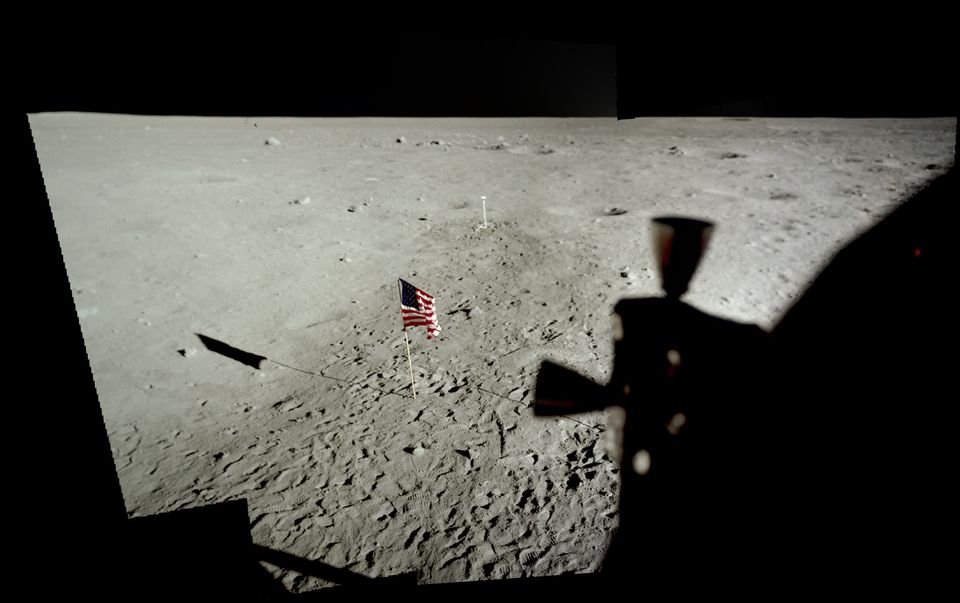NASA is getting an up-close look at one of the moon's newest craters, but this beauty mark wasn't caused by a space rock that got just a little too close. It was created by the impact of a spacecraft that NASA deliberately smashed into the moon at 3,800 miles per hour.
The Lunar Atmosphere and Dust Environment Explorer (LADEE) spacecraft, which studied the moon's atmosphere, crashed into the surface of the far side on the completion of its seven-month mission in April. The 10-foot-diameter impact crater was found just two-tenths of a mile from its predicted location using images from the Lunar Reconnaissance Orbiter (LRO).
Here is what the area of the LADEE impact looked like before and after the spacecraft hit:

“The Lunar Reconnaissance Orbiter Camera (LROC) team recently developed a new computer tool to search Narrow Angle Camera (NAC) before and after image pairs for new craters, the LADEE impact event provided a fun test," Mark Robinson, LROC principal investigator from Arizona State University in Tempe said in a news release. “As it turns there were several small surface changes found in the predicted area of the impact, the biggest and most distinctive was within 968 feet (295 meters) of the spot estimated by the LADEE operations team. What fun!”
The far side of the moon was chosen so there would be no chance the impact would hit the Apollo landing sites, NASA said in the release.
"I'm happy that the LROC team was able to confirm the LADEE impact point," Butler Hine, LADEE project manager at Ames Research Center in Moffett Field, Calif., was quoted as saying. "It really helps the LADEE team to get closure and know exactly where the product of their hard work wound up."
NASA said the LRO's mission has been extended by two years to "study the seasonal volatile cycle; determine how many small meteorites are currently hitting the moon and their effects; characterize the structure of the lunar regolith; investigate the moon’s interaction with the space environment; and reveal more about the lunar interior using observations of the moon’s surface."
Related
Before You Go










